“I listened to a lot of T-Bone Walker when I was a kid, and to suddenly have one of those guitars in your arms was really special”: In his final interview, Bernie Marsden opens up on selling his guitar collection – with one notable exception
Just days before his unexpected death, we spoke with Bernie Marsden for what was sadly to be the final time. He shared the story behind the guitars he was selling, and the one he finally chose to keep
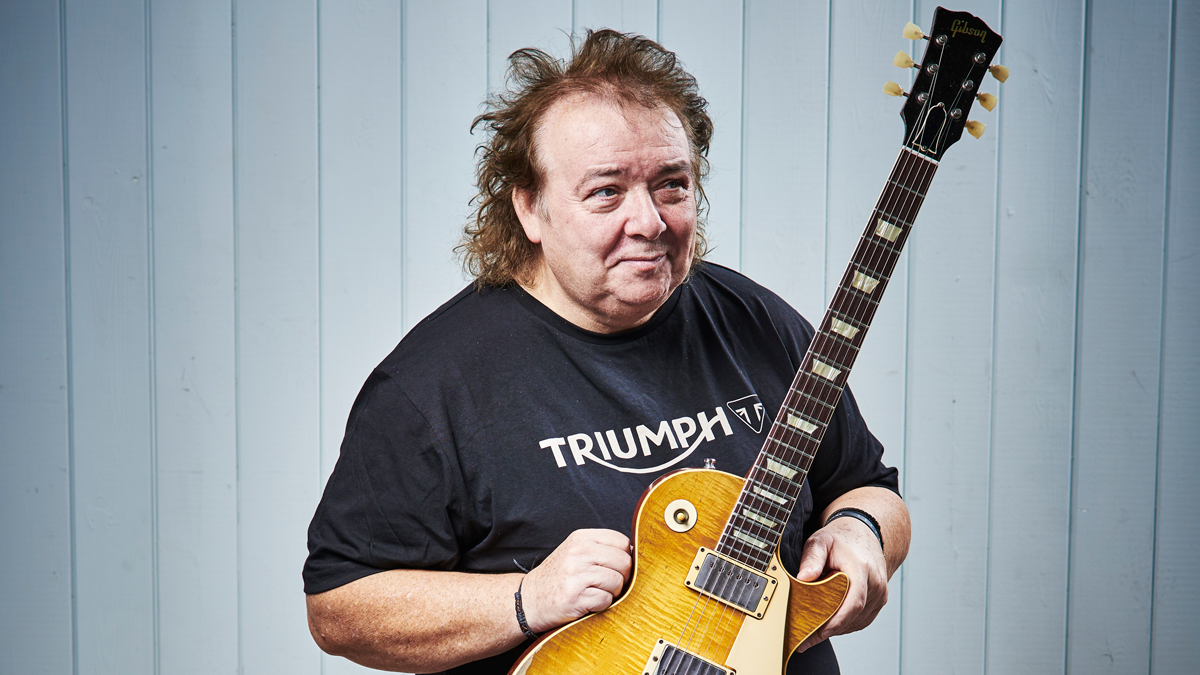
Just days before his unexpected death, we spoke with Bernie Marsden for what was, sadly, to be the final time.
In this poignant interview, he told us the personal story behind the guitars he chose to put up for sale with ATB Guitars – and the one that, at the last, he could not.
Vintage guitars are obviously an incredibly important part of your life and you built your collection over several decades. Why sell them now?
“Well, I’ve got to the stage where I’ve known for probably 20 years or more that these are all going to be sold at some point. You get to reach 60 and then suddenly you’re 65 and then you’re 70 and then you’re more… and you think, ‘It’s about time these went.’
“I don’t want to leave them posthumously for my family to deal with. That may sound a bit morbid, but when you look at [lots for sale in guitar auction catalogues] it’s always: ‘from the estate of so and so…’ and it’s sad. So this way [by selling my collection now, through a store] I can see how they do and maybe who’s bought them. So it’s that.
“And when I took some of those guitars out of their cases, I hadn’t seen them in 30 years. So you think, ‘Well, if you haven’t seen a guitar in 30 years, you don’t really need them.’ I certainly didn’t play them all – I very rarely played the Goldtop. Which is a shame because it is a great guitar.”
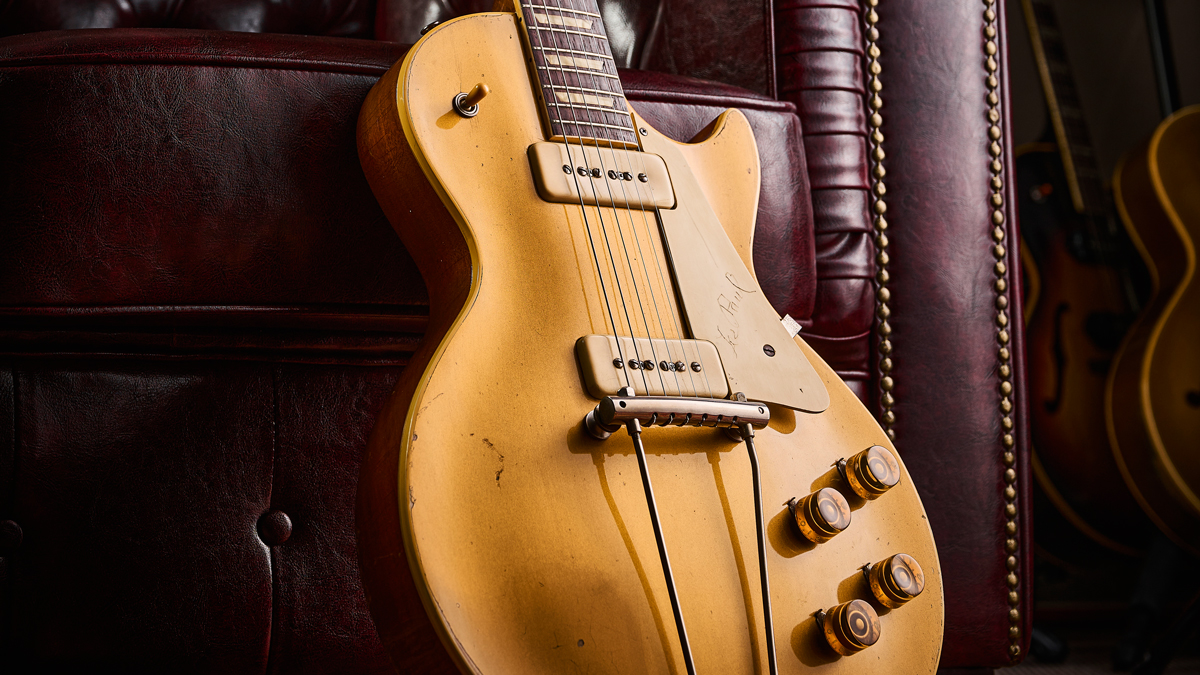
People tend to get put off by wrap-under bridges, but we found that the Goldtop was really playable…
Get The Pick Newsletter
All the latest guitar news, interviews, lessons, reviews, deals and more, direct to your inbox!
“I think people get it into their head that ‘you can’t play this’. They’re perfectly fine, you just have to get on with it. ‘Oh, you can’t palm-mute’… Well, then, don’t buy that guitar.”
Moving on to the 1961 Custom Telecaster, that guitar was a bit of a workhorse for you, we understand.
“Yeah, I played it quite a bit, especially in the studio, and I used it with Robert Plant and a few other people. It was [one of those guitars where you] just fling it in the car when you go to the gig kind of thing – I didn’t know it was quite as collectible as it was because you had the green [scratch]plate and all the other business on it.
“I bought it in America, I think, and it was the best Telecaster in the shop. I said, ‘Why are you selling this?’ and the guy said, ‘That’s exactly what I’m thinking.’ So that was that: I bought it and put it in my suitcase with the neck off – and then took the empty [guitar case] back full of LPs!”
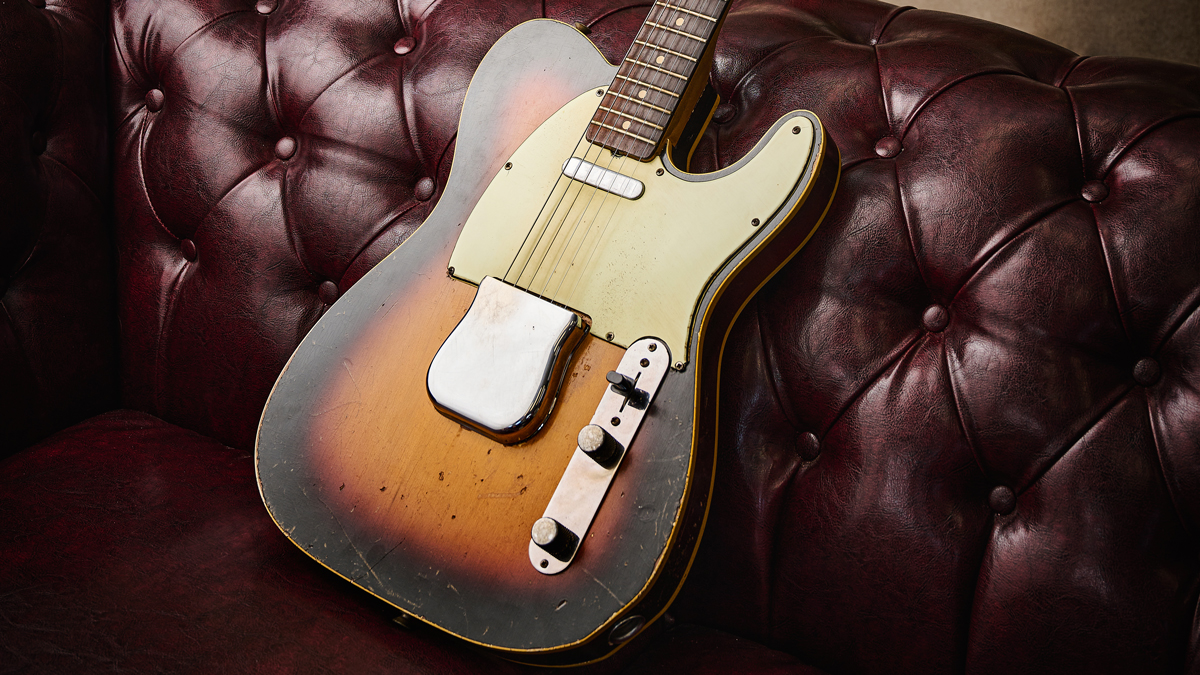
The incredible Gibson 1950 ES-5, built a decade earlier than the Tele, is no less stunning.
“Isn’t that great?”
Mike Long of ATB said you’d originally bought it because T-Bone Walker used to play one. Is that correct?
“Well, it was, really. I mean, I listened to a lot of T-Bone Walker when I was a kid, and to suddenly have one of those guitars in your arms was really special. He was the guy who Chuck Berry listened to and, you know, he was the guy that was doing stuff. Especially when you see those films where he’s playing the guitar horizontally. It was like, ‘How is he doing this?’ And he was a great player.
“He was one of the first guys who hooked onto the ‘dun-da-dun-da’ [imitates a loping riff over a shuffle] thing. I mean, Chuck did it, but he got it from a guy in Louis Jordan’s band. I’ve got a feeling that’s maybe where T-Bone got it from as well because those recordings are all earlier. Great player.”
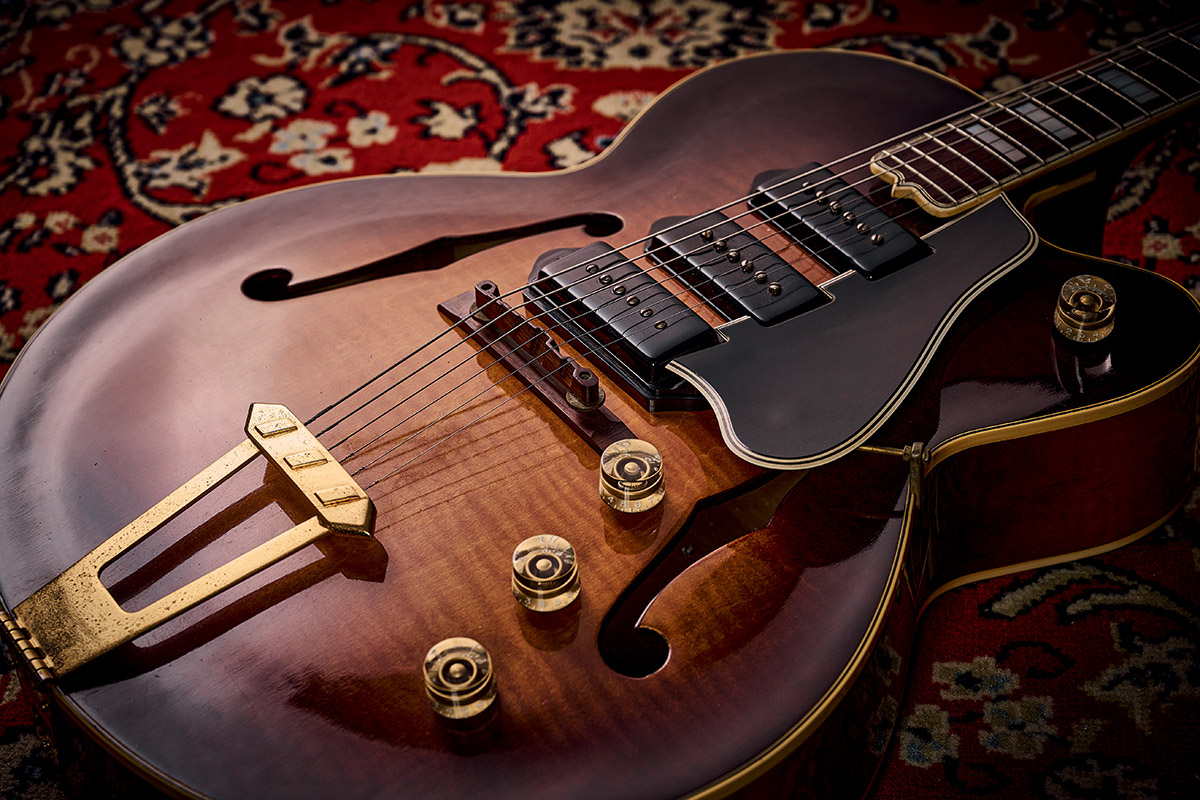
It’s obviously not an inexpensive guitar, but compared with a ’Burst, the level of craftsmanship and heritage embodied by that ES-5 makes it seem good value.
“That’s why I started to buy all those guitars 20 years ago – because I thought they were so underpriced. I thought, ‘They’re gonna make constant money per month,’ and that’s really how it’s turned out. Better than any bank account, that’s for sure.
“I did use it in the studio, which I was pleased about – and there’s not many of them.”
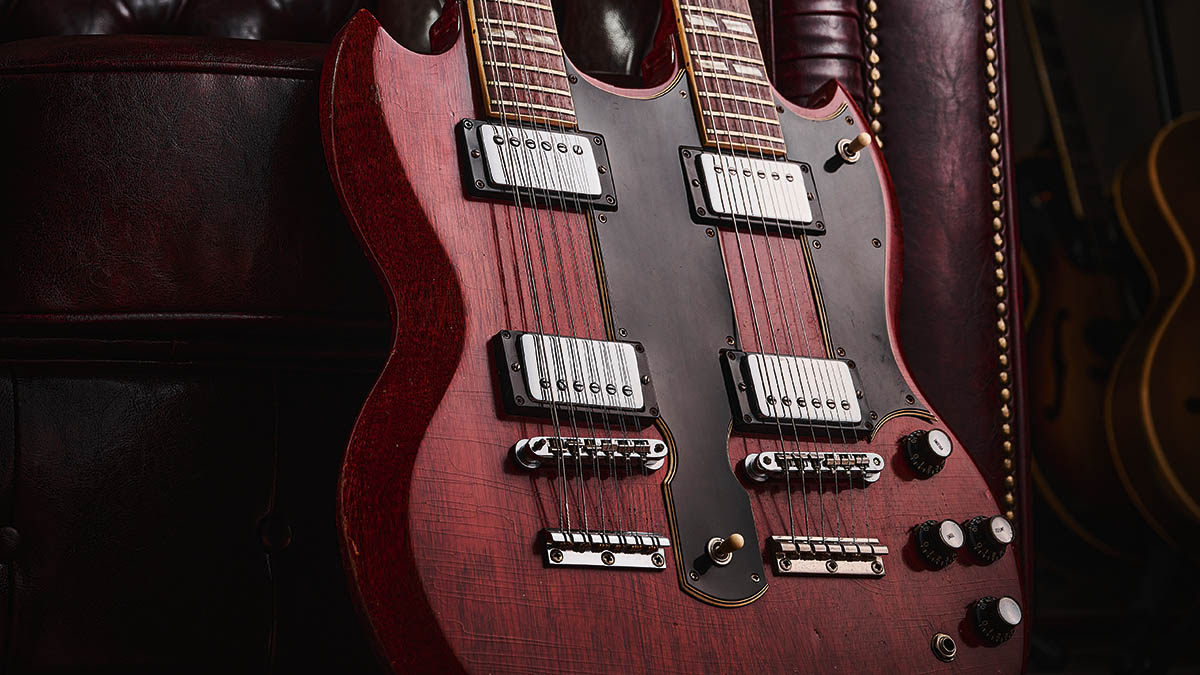
We enjoyed checking out your 1966 Gibson EDS-1275 – Mike Long of ATB said you had a bit of a thing for doublenecks.
“Well, the first doubleneck that I had was an Ibanez [Artist 2640]. That was in the 70s when I was with Babe Ruth because one of the great hippy tracks of Babe Ruth was [originally recorded on] a 12-string. I said, ‘Well, I don’t want to buy a [dedicated] 12‑string, so I’ll get a twin-neck.’ And it was actually cheaper than a straight 12-string at the time. You couldn’t get many 12-strings in the ’70s, they were all very expensive.
“So I ended up getting that doubleneck and pretending I was Jimmy Page for a year. After that, I got the deal with Gibson and that’s when they gave me the Whitesnake one. But, yeah, I’ve always had a bit of a fascination for doublenecks. That’s why those two are in the sale now – that Ibanez is a thing of beauty.”
We’d be remiss if we didn’t ask about your most famous guitar in the collection, the 1959 Les Paul Standard better known as The Beast. It was briefly part of the sale, but then it was withdrawn. Why did you make that decision?
“Mike asked me if it was for sale and I said to him, ‘Well, it’s been for sale ever since I bought it.’ All guitars are for sale, really. But the outcry once it went public was incredible. I had a word with my girls here, the family, and they just said, ‘Dad, we think this guitar is so much part of you and your career. And do you need the money?’
“And I just thought, ‘Well, not really…’ So why sell it? I thought that was pretty good advice. So I said, ‘Well, I’m selling it because I’m selling the other guitars,’ and they all said, ‘That’s no reason to sell this one.’ So I withdrew it and the relief was remarkable.”
Jamie Dickson is Editor-in-Chief of Guitarist magazine, Britain's best-selling and longest-running monthly for guitar players. He started his career at the Daily Telegraph in London, where his first assignment was interviewing blue-eyed soul legend Robert Palmer, going on to become a full-time author on music, writing for benchmark references such as 1001 Albums You Must Hear Before You Die and Dorling Kindersley's How To Play Guitar Step By Step. He joined Guitarist in 2011 and since then it has been his privilege to interview everyone from B.B. King to St. Vincent for Guitarist's readers, while sharing insights into scores of historic guitars, from Rory Gallagher's '61 Strat to the first Martin D-28 ever made.
“I could be blazing on Instagram, and there'll still be comments like, ‘You'll never be Richie’”: The recent Bon Jovi documentary helped guitarist Phil X win over even more of the band's fans – but he still deals with some naysayers
“I just learned them from the records. I don’t read tabs or anything, I don’t read music – I learned by ear”: How a teenage Muireann Bradley put a cover of Blind Blake’s Police Dog Blues on YouTube and became a standard bearer for country blues











